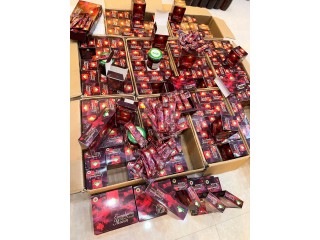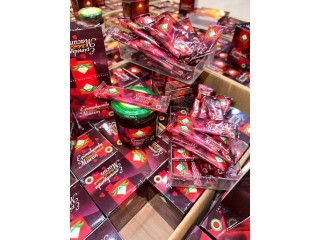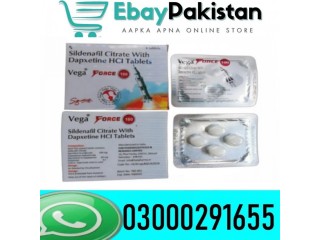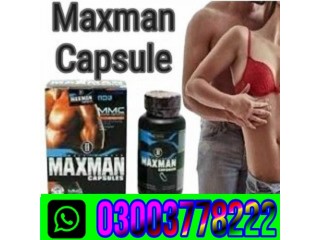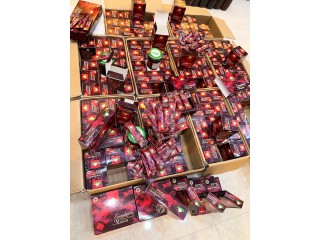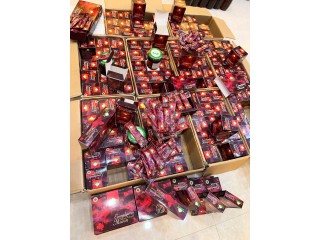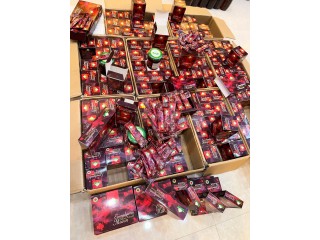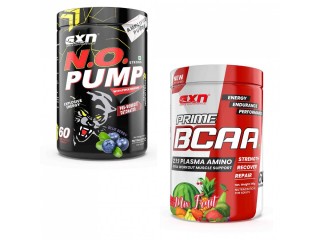The Features of an Automatic Filling Machine Private
3 years ago - Fashion, Home & Garden - Bārāsat - 183 viewsOverflow fillers, gravity fillers, piston Filling Machines and other liquid fillers all vary in the way that they move product into a bottle or container. However, the automatic versions of these machines almost always have certain features in common. These features are intended to add efficiency, consistency and reliability to the packaging equipment. Below are a few of the most common features of found on Liquid Packaging Solutions' bottle fillers.
Heavy Duty and Portable Stainless Steel Frame
For consistent and reliable fills, the Filling Machine must be stabile throughout the process. The heavy duty stainless steel frame protects against shifting, vibrating and other movements that might effect the volume or the level of the fill, while also avoiding splashes and spills. The stainless steel material is compatible with a vast majority of products, though there are exceptions. When corrosive liquids are run on the machinery, other construction materials may be used for the frame, including HDPE. Ultimately, the material used will be that material which will better extend the useful life of the equipment.
Easy Adjustments From Height to Heads
Many packagers fill more than a single product, or at the very least fill into bottles of multiple sizes and shapes. Changing over from one product or bottle to another means stopping production on the liquid filler. These machines include simple adjustments to minimize downtime and maximize production. Fill heads can typically be moved using simple fingertip adjustment knobs, while power height comes standard on automatic equipment, allowing up and down movement with the flip of a switch. Even auxillary equipment such as power conveyors include knob adjustments or other simple components for railing and other changes. Other adjustments, such as time and delay settings, can easily be made from the operator control panel, discussed in more detail below.
PLC with Touch Screen Controls
Along with easy adjustments to the components of the liquid filler, the Programmable Logic Controller (PLC) and operator interface allow the operators of the equipment to quickly and easily set up indexing times, fill times and other settings for the machinery. The panel allows controls to be centrally located and may also include controls for other equipment such as power conveyors, turntables and more. One of the best features of the PLC is the ability to record recipes for product and bottle combinations. Once all settings have been input for a combination, the combination can be saved and recalled at a later date, making changeover that much easier.
Capping Machines can be manufactured in several different ways to handle the cap and bottle combination to be used on a packaging line. Of course, almost any capping machine can be built to run production semi-automatically or automatically. But different machines will also be built to handle different types of caps, from screw caps to snap on caps and ROPP caps. The operation of each type of capping machine will differ as to the method used to tighten or seal the closures.
The spindle capper is probably the most popular automatic capping machine for screw type caps. This capper receives bottles with caps already set in place and then automatically tightens the caps using several sets of matched spinning disks, or spindle wheels. The capping process will run continuously without bottles stopping for indexing, cap placement or any other reason.

